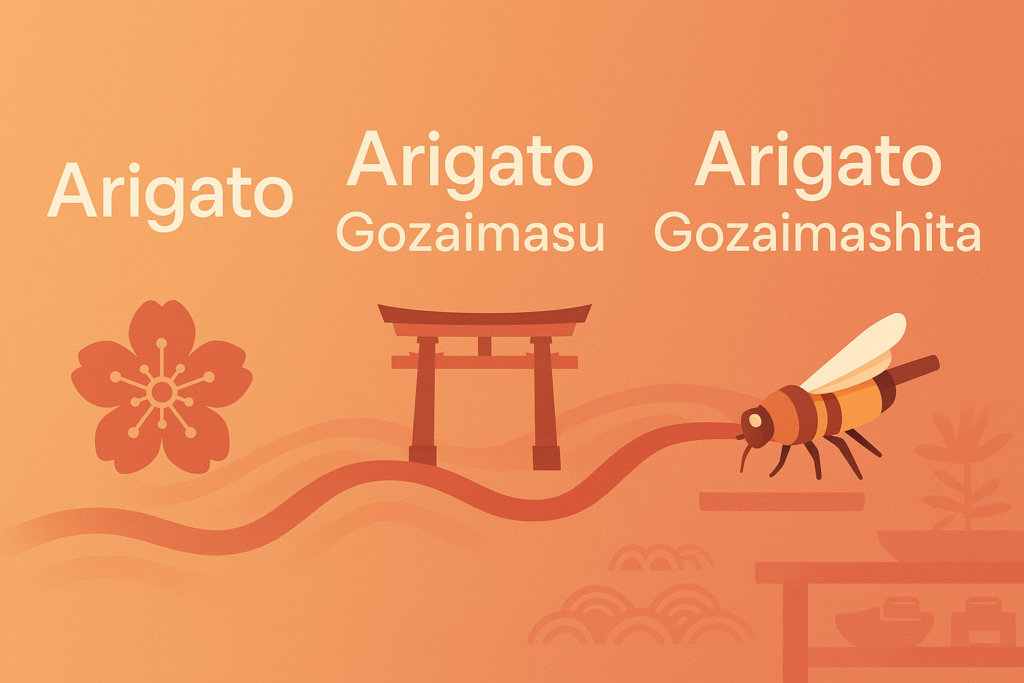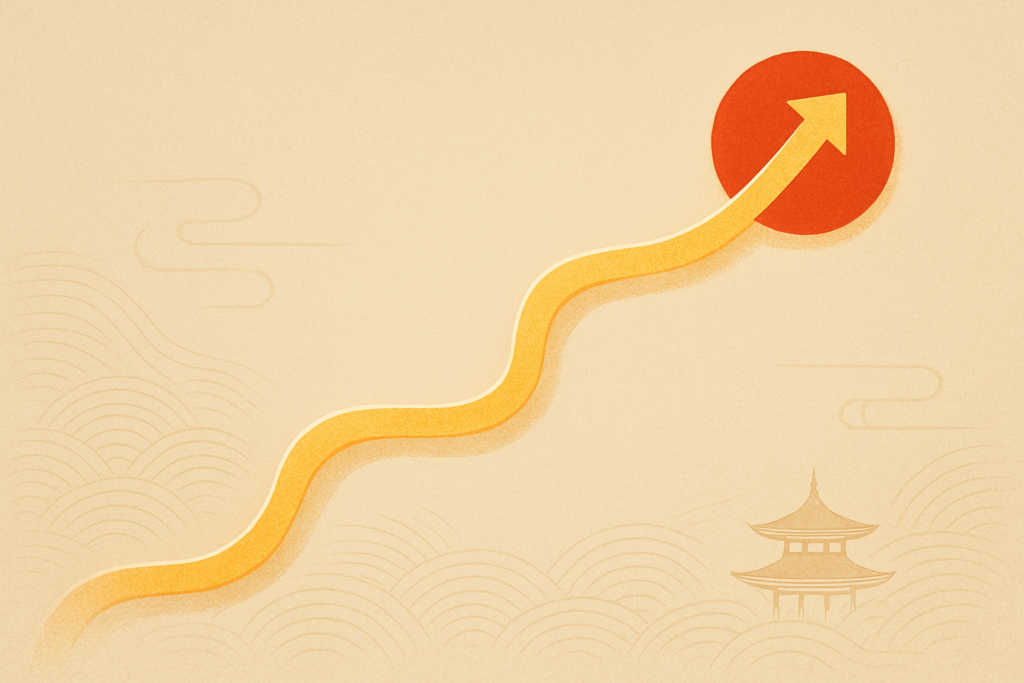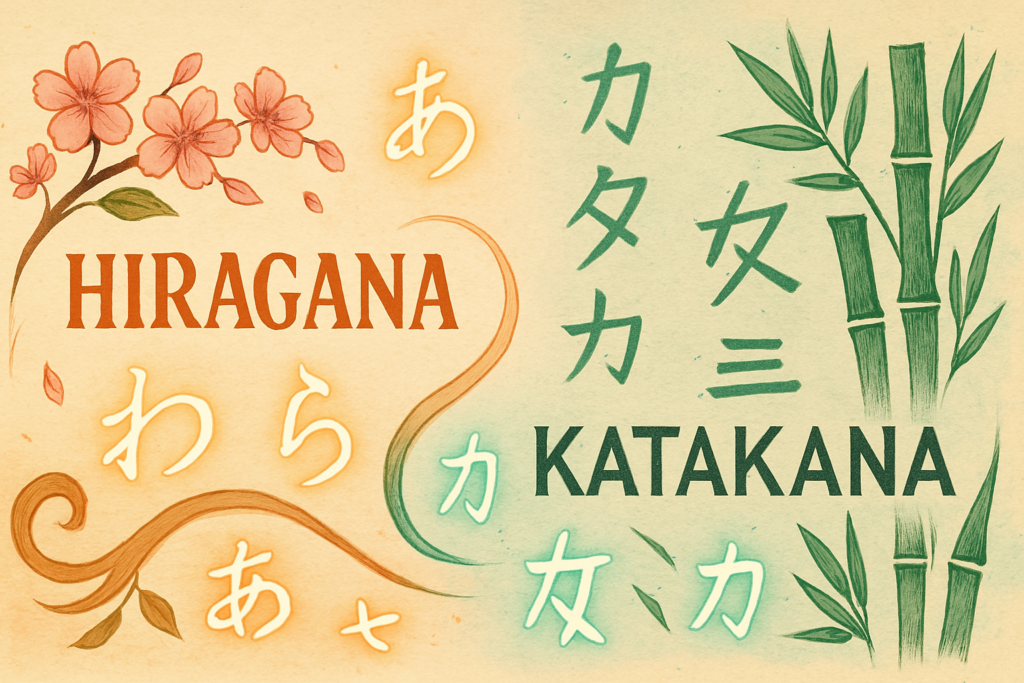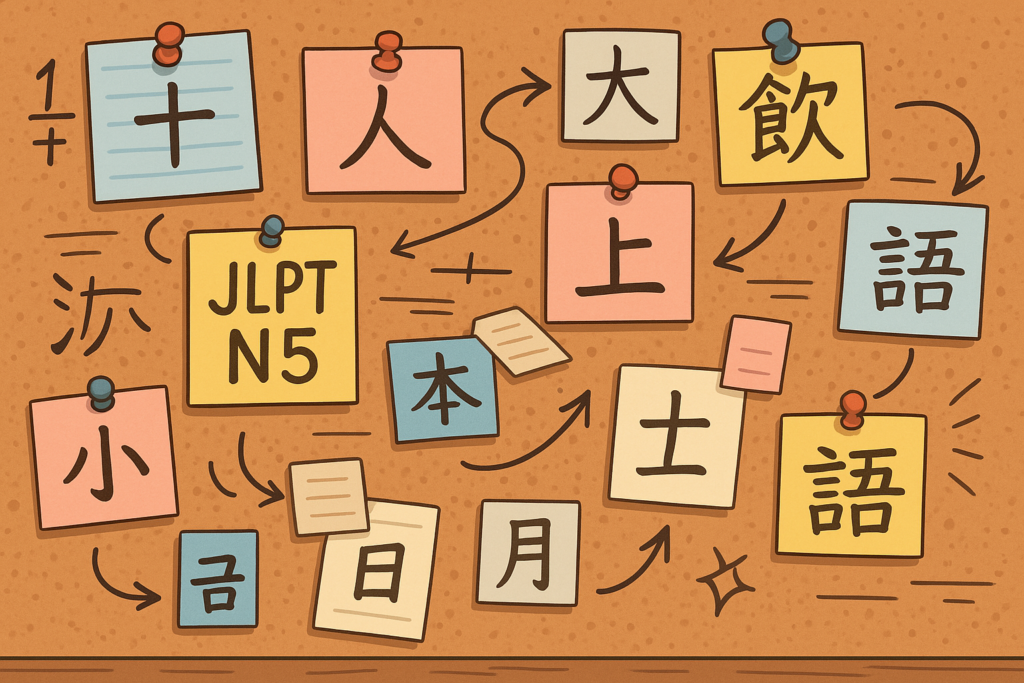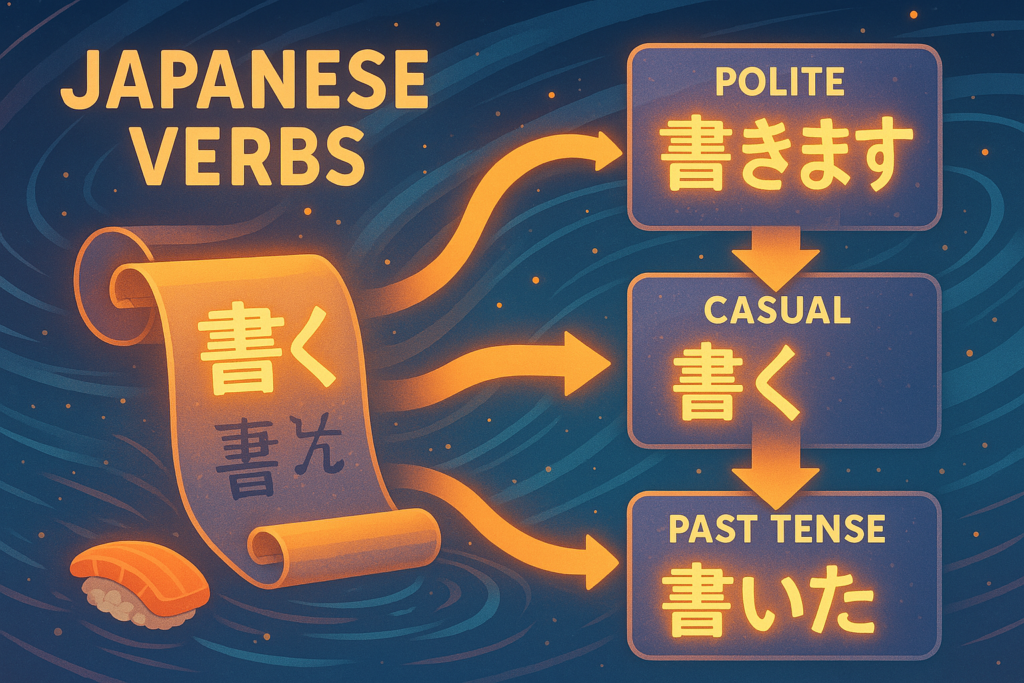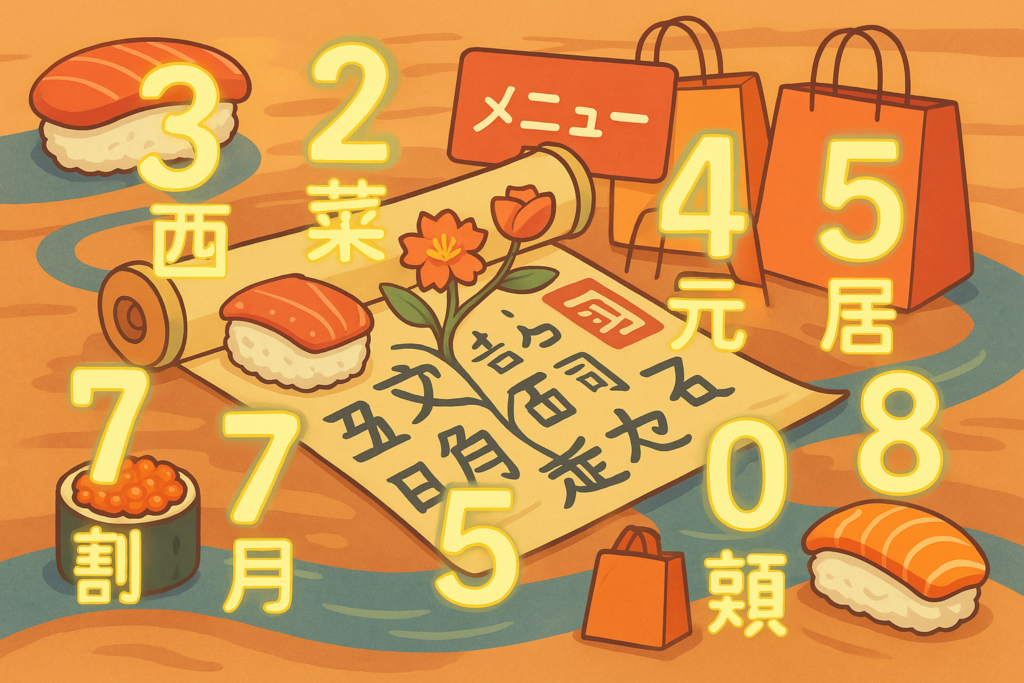Arigato Gozaimashita Meaning Explained with Examples
Have you ever found yourself in Japan, wanting to express sincere gratitude for something someone has done for you, but unsure if a simple “arigato” is enough? Understanding the deeper meaning of “arigato gozaimashita” and when to use it correctly can transform your interactions in Japanese society from merely polite to culturally fluent. Japanese expressions […]
Arigato Gozaimashita Meaning Explained with Examples Read More »

